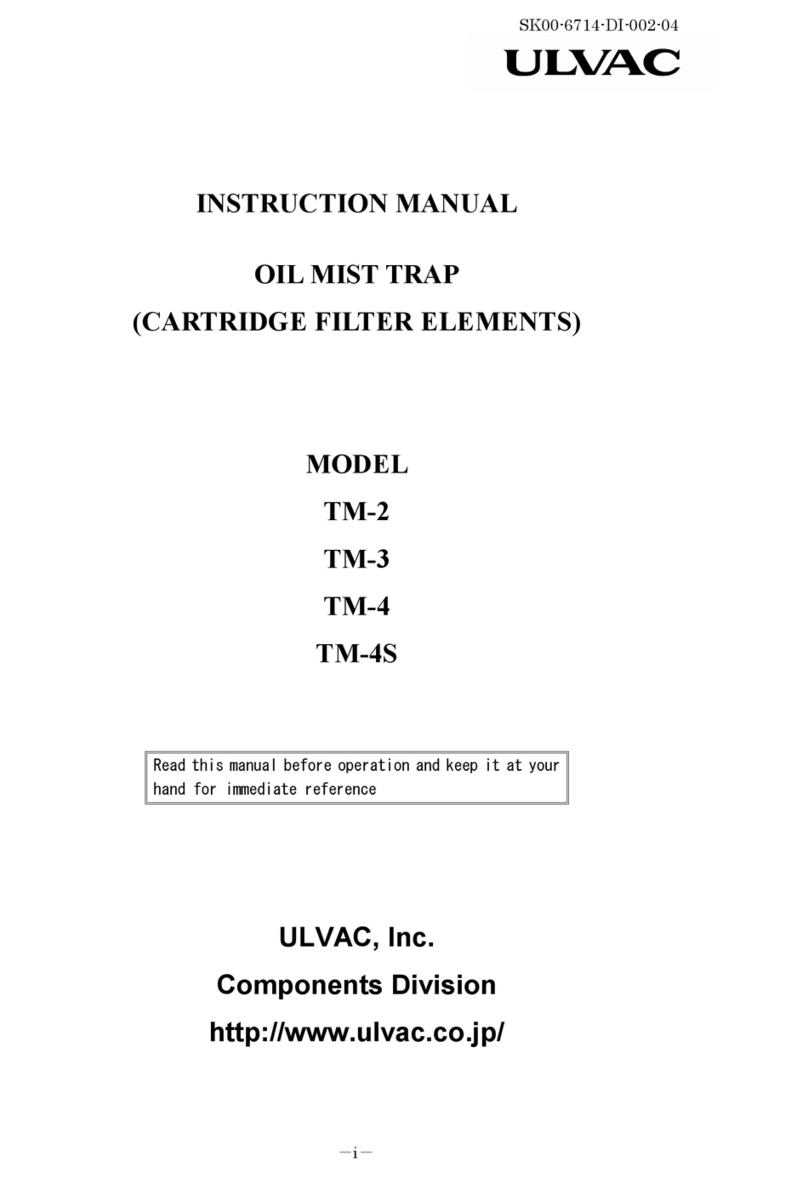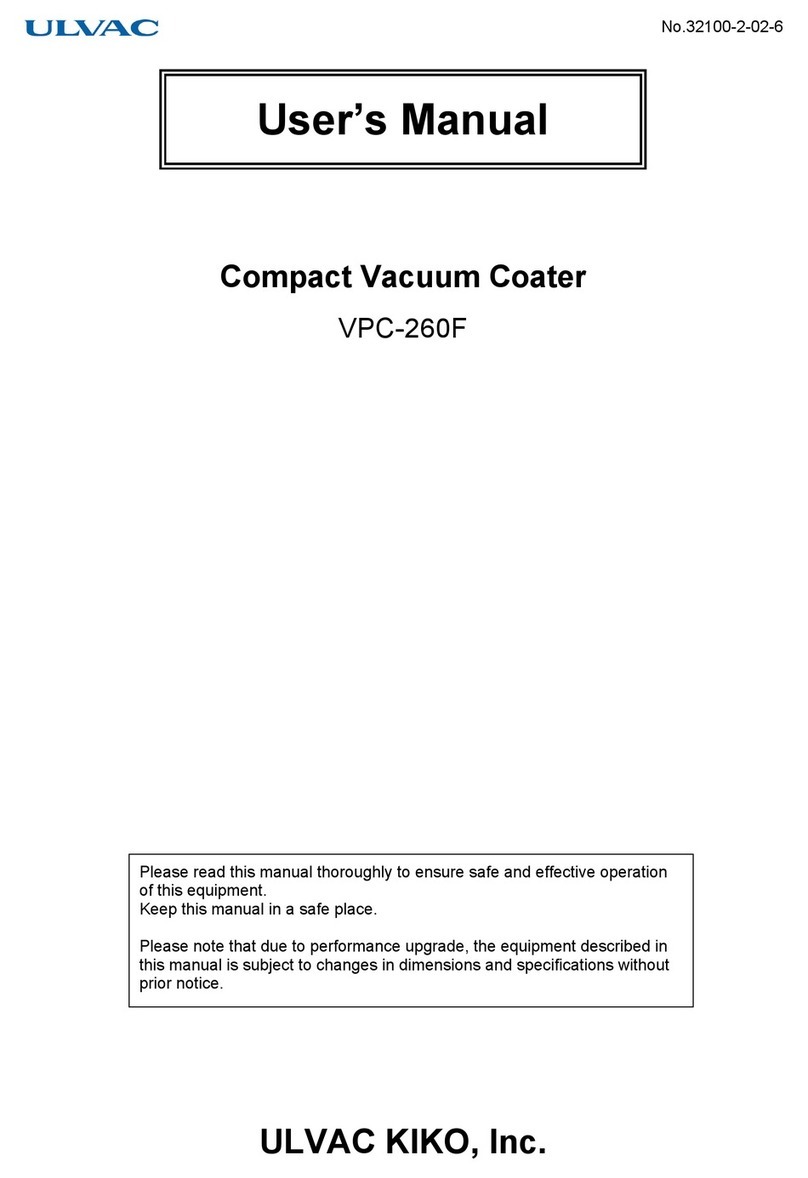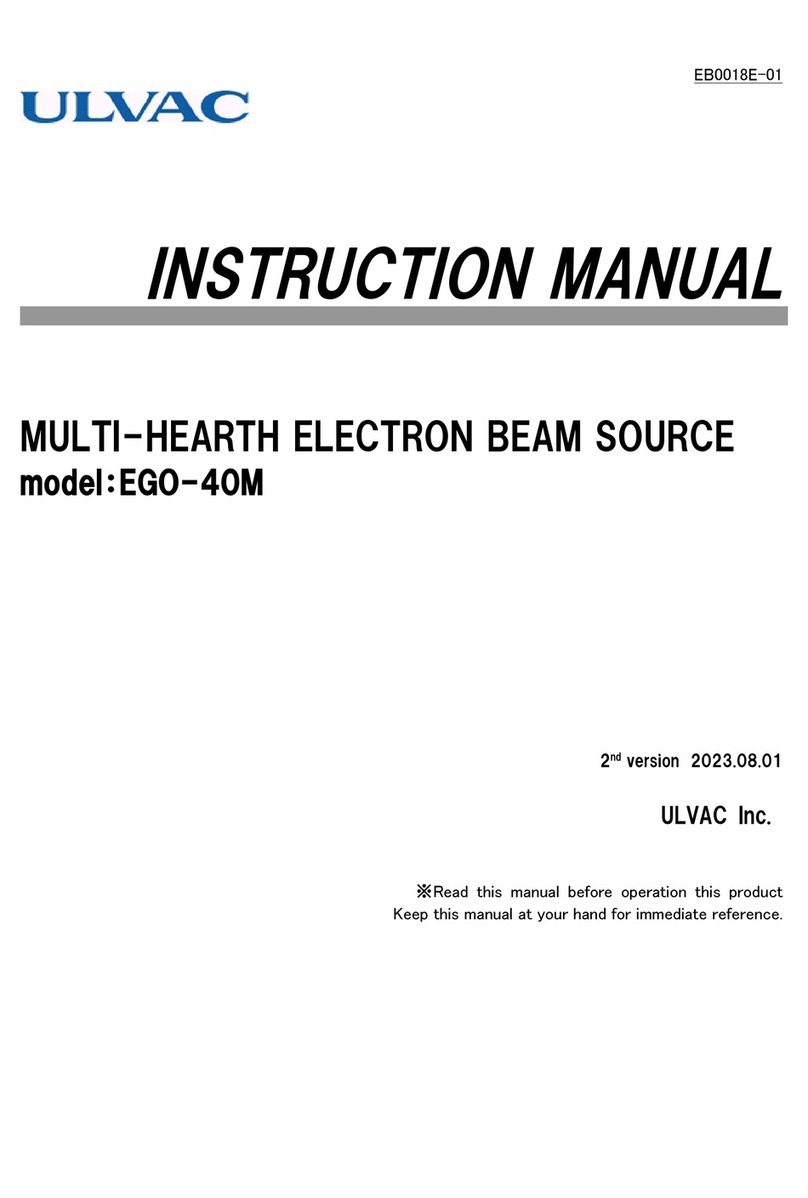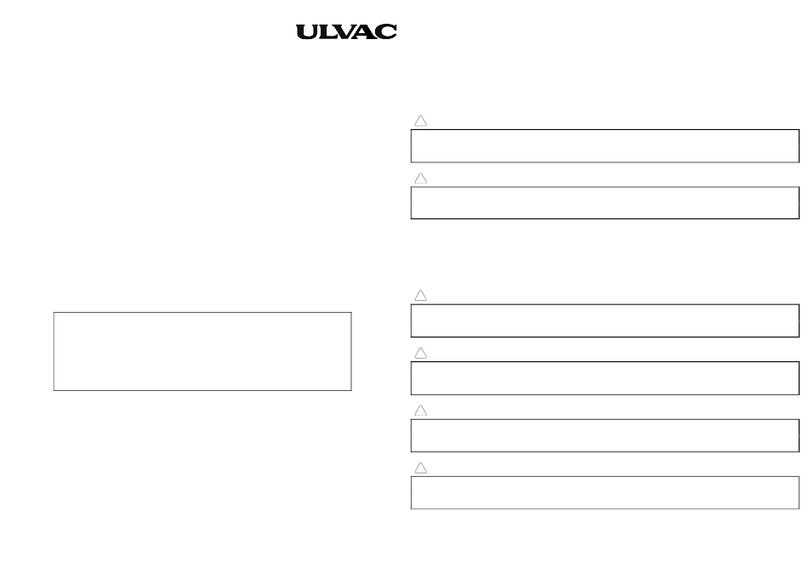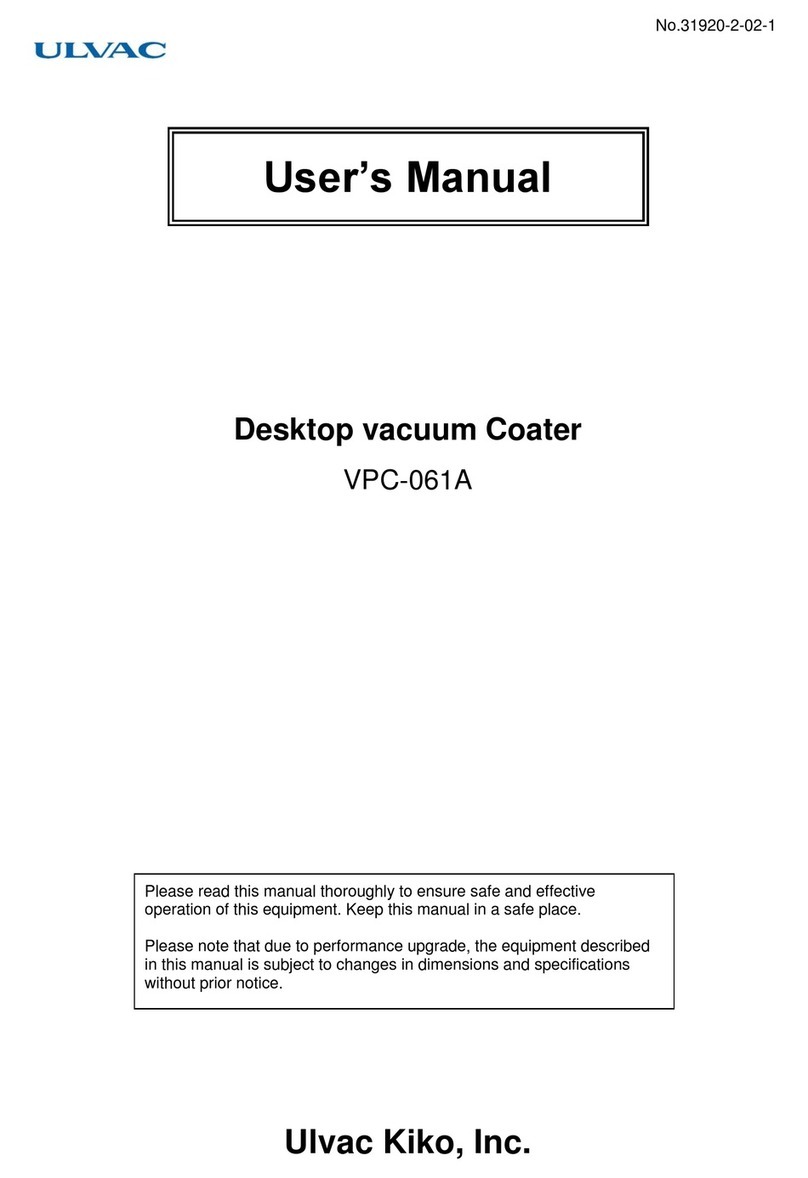
1
Contents
1. FEATURES OF GI-SERIES ............... 5
2. SPECIFICATIONS AND
COMPONENTS........................................ 6
2.1. STANDARD SPECIFICATIONS.............6
2.2. STANDARD ACCESSORIES .................7
2.3. OPTIONS..........................................7
3. NOMENCLATURE AND FUNCTIONS
OF COMPONENTS .................................. 8
3.1. OPERATION SWITCH ........................8
3.2. FRONT PANEL LAMPS ......................9
3.3. FRONT PANEL MEASUREMENT
VALUE DISPLAY/SET VALUE INDICATOR ...10
3.4. REAR PANEL..................................11
3.5. EXT-I/O CONNECTOR ....................12
3.6. VIEW WHEN THE BOTTOM PANEL IN
CONTROLLER IS OPENED...........................13
4. INSTALLATION...............................14
4.1. PRELIMINARY OPERATION .............14
4.2. INSTALLING THE CONTROLLER .......14
4.3. INSTALLING THE SENSOR HEAD ......14
4.3.1.
Measuring position...............14
4.3.2.
Installing the sensor head ....14
4.3.3.
Installation of WIB-N3、WIN-
N2/N3 (GI-D7、GI-N8).......................15
4.4. CONNECTING THE CONTROLLER AND
SENSOR HEAD ...........................................15
4.4.1.
Connection of controller (GI-
M2) and sensor head ...........................16
4.4.2.
Connection of control and
sensor head cable (GI-D7/GI-N8) ........16
4.4.3.
Connection of sensor head and
sensor head cable (GI-D7/GI-N8) ........17
5. FLOW OF PROGRAM RUN ..............19
6. STARTING UP GAUGE (SUPPLY OF
POWER) .................................................20
7. FRONT PANEL OPERATION...........21
7.1. FILAMENT ON/OFF.......................21
7.2. DEGASSING ON/OFF.....................22
7.3. EMISSION CURRENT (GI-N8 ONLY) 23
7.4. X-RAY FUNCTION ON/OFF (GI-N8
ONLY) 24
7.5. WHEN PRESSURE PROTECTION IS
ACTIVATED...............................................24
7.6. WHEN EXT-PROTECT IS
ACTIVATED...............................................24
7.7. DISPLAY WHEN AN ERROR OCCURS .24
8. SETTING .........................................25
8.1. SETTING OPERATION......................25
8.2. INITIAL SETTING ......................26
8.3. SELECTION OF SENSOR HEAD(GI-
D7 ONLY)...............................................27
8.4. SELECTING THE SENSITIVITY FACTOR
FUNCTION ................................................28
8.5. SETTING THE SENSITIVITY FACTOR
FUNCTION ................................................28
8.6. SETTING OF SET POINT 1/2 ............29
8.7. SELECTION OF RANGE CHANGEOVER
FUNCTION ................................................30
8.8. SETTING OF RANGE HOLD ............30
8.9. SELECTION OF DEGAS FUNCTION 31
8.10. SETTING OF DEGAS FUNCTION .31
8.11. SETTING OF FILAMENT 1/2 .........32
8.12. SELECTION OF ANALOG
FUNCTION ................................................33
8.13. SETTING OF ANALOG FUNCTION.33
8.14. SETTING OF ACTIVATED FILAMENT
(GI-N8 ONLY)......................................34
8.15. SETTING OF BAUD RATE.............34
9. FUNCTIONS ................................... 35
9.1. SETTING OF SENSITIVITY ...............35
9.1.1.
Setting of sensitivity.............35
9.1.2.
Setting of sensitivity.............35
9.1.3.
Details of sensitivity set
values 35
9.1.4.
Example for sensitivity set
values 36
9.2. SET POINT .....................................37
9.2.1.
What is the set point?...........37
9.2.2.
Setting of set point................37
9.2.3.
Internal processing...............37
9.2.4.
Set point activating
conditions ............................................37
9.2.5.
Set point action when range
hold is active........................................37
9.3. SETTING OF RANGE CHANGEOVER .38
9.3.1.
Setting of range changeover .38
9.3.2.
Setting of range hold ............38
9.3.3.
Range hold and recorder
output 38
9.4. DEGAS ....................................39
9.4.1.
What is DEGAS? ..................39
9.4.2.
Setting of DEGAS mode .......39
9.4.3.
Setting of timer mode ...........39
9.4.4.
Degassing movement
conditon 39
9.4.5.
Degassing operation .............39
9.4.6.
Instructions in DEGAS.........40
9.5. FILAMENT CHANGEOVER ...............40
9.5.1.
Filament changeover and
external output....................................40
9.5.2.
Cautions in filament
chageover.............................................40
9.6. CHANGEOVER OF ANALOG OUTPUT 41
9.6.1.
Setting of analog mode .........41
9.6.2.
Measurement value output in
each status ..........................................41
9.6.3.
LIN output in each status ....42
9.6.4.
Pseudo-LOG output..............43
9.6.5.
Range Hold Linear Output
